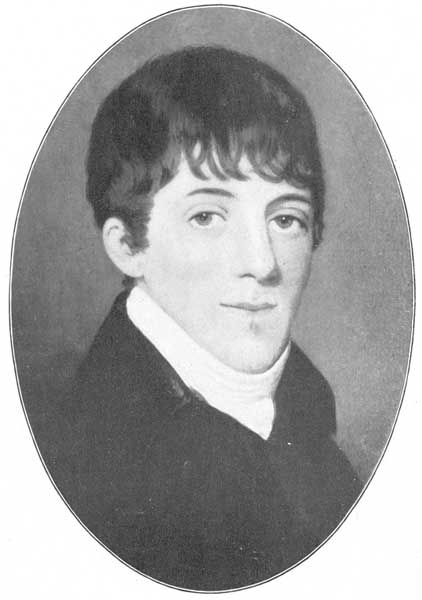The Gypsy School at Farnham, 1847–1855
This was a guest blog written by Ray Wills and Maria Gayton (Community Engagement Officer at Dorset History Centre).
The school can be seen in Kelly’s directory for 1848:
‘an industrial school, for orphan gypsy children and those of large families, where they will be fed, clothed, taught to read and write, and have imparted to them religious instruction.’
The Superintendent was Miss Eliza Lenox, and the same description appears in 1855, with a new Superintendent – the last of three as the school closed in that year.
So how did the school come about? And how did the Gypsy families of North Dorset react?
The school was founded by the Rev John West , who had honed his approach to Christian conversion whilst working as Chaplain to the Red River Colony of the Hudson Bay Company in British North America. His appointment was for the benefit of retired company officials and others in need of succour at the settlement – but an additional aspect was a rather vague hope of schools for ‘the natives’ or First Nation tribes.

D-1361/2/3/1: Chettle St Mary’s Church
On his return he became the clergyman for Chettle, where we can see his properties on the 1839 tithe map available to view in DHC’s search room or provided in digital copy. West had the Church Meadow and a couple of other fields. His parish included next-door Farnham, where the 1843 tithe map shows him owning houses, gardens and farmland, all of which were rented out.
West had drawn a comparison between the indigenous people of north America and the Gypsies of his own land whilst he was abroad – and had started his fervour for the education and conversion of the children of races he viewed as inferior. His journal tells us
‘With the aid of an interpreter, I spoke to an Indian, called Withaweecapo, about taking two of his boys to the Red River Colony with me to educate and maintain. He yielded to my request; and I shall never forget the affectionate manner in which he brought the eldest boy in his arms, and placed him in the canoe…I had to establish the principle, that the North-American Indian of these regions would part with his children, to be educated in white man’s knowledge and religion.’

Rev. John West
On his return to England West continued his passion for distributing bibles and religious tracts and became a friend of Rev Crabb of Southampton and others who wished to ‘improve’ Gypsies by reforming them. It seems that the Gypsies he encountered did identify as Christians, often having children baptised and so on. However, the conversion was to be from the travelling life, as West felt that no improvements could be made whilst people were moving around. Although bolstered by religious teaching, the conversion was mainly social.
The school was supported by Lord Ashley and charitable contributions. Indeed, West dedicated his pamphlet ‘A Plea for Educating the children of the Gypsies’ to Lord Ashley. The children were to be educated separately from village children, seemingly because of prejudices held by village parents. The school was for boarders, so children would have stayed there when their families moved off. The foundation stone was laid with some fanfare and eighteen months later the first six children were admitted.
From the start there were issues – West had actually died before the school opened, and it lacked his guiding hand and motivation. At the opening, tea was served in a decorated school room – but no Gypsy men attended apart from the elderly Stanley who laid the stone, only women and children. School Superintendents found the children difficult to manage. In the end only forty-six children ever attended the school, and it had a short life. The building was converted in its turn – to a Museum for the Rivers’ archaeological collection.
It is hard not to wonder what life was like for young children – viewed with suspicion by their non-Gypsy peers and local adults, separated from loved ones and subjected to stern religious teaching – we can never know those stories but it’s unlikely to have been much fun! The whole episode reminds us of the long-standing under-appreciation of Gypsy, Romany and Traveller cultures, which have been alternately romanticised and vilified.
To find out more about GRT life and culture in Dorset, visit the website of our valued partners, Kushti Bok.
—
Much of the information included in this piece was drawn from ‘The Work and Ideas of John West’ written as an M.A. thesis by Ian Stratton, a theology student at Durham in 1977. Ian refers to the Hudson Bay Company archives and articles in the Dorset County Chronicle among other sources. The thesis was published and can be read in hard copy at DHC or found here online 9868_6662.PDF (dur.ac.uk) – it is a fascinating description of the Church’s relationship with those considered in need of conversion, and of the dynamics of religious, village and county life in the mid nineteenth century.
—
This was a guest blog written by Ray Wills and Maria Gayton (Community Engagement Officer at Dorset History Centre). If you would like to contribute a guest blog, please get in touch with us – archives@dorsetcouncil.gov.uk.



